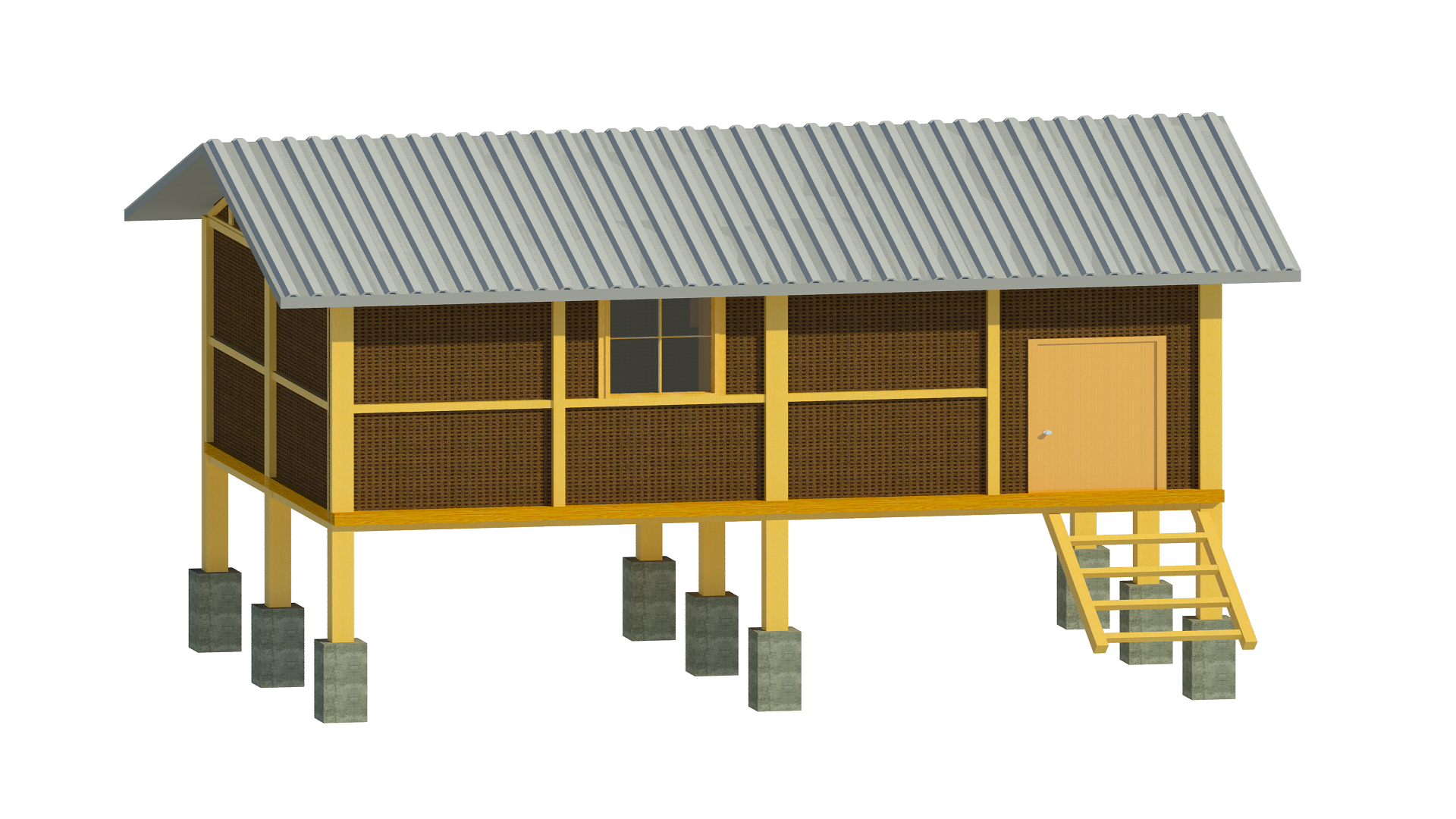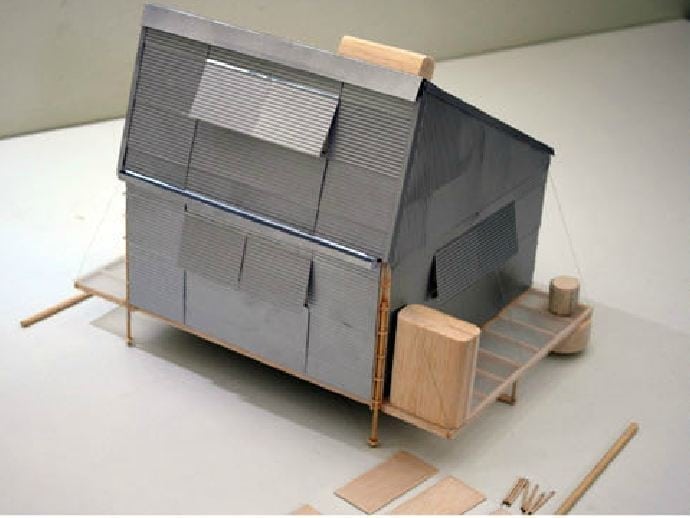Project Outcomes
Many displaced communities reside in regions plagued by extreme climate risks, which greatly increases their vulnerability. The convergence of displacement with areas prone to climate change, especially flood zones, heightens the threats to their safety and stability. This project aims to tackle these challenges by creating a practical, user-friendly guide for shelter officers, aligned with UNHCR’s Strategic Framework for Climate Action (2024-2030). The focus is on designing shelters that not only withstand climate risks but also provide enduring resilience for displaced populations. Extensive research was conducted on various humanitarian shelter setups, including key case studies such as Dadaab refugee camp in Kenya, which has faced recurring floods for decades, and refugee camps in Idlib and Aleppo, Syria, which are vulnerable to both floods and other extreme weather events. The project’s key deliverables include a comprehensive guideline document on flood-resilient construction techniques, site selections and architectural and structural adaptations. Three ready-to-use shelter designs and templates were developed using Autodesk AutoCAD and Revit. They are elevated shelters, shelters on raised platforms, and insulated flood-proof shelters. By implementing this solution, the project improves safety and living conditions for displaced populations, offering adaptable solutions to better withstand climate-related hazards while promoting sustainability in humanitarian shelter efforts.

3D Model of a Single Elevated Flood Resilient Shelter / UNHCR
